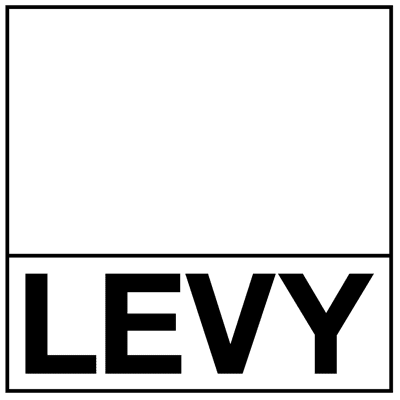C.O. Paeffgen
Stories Told by Fruit and Vegetable Crates
Jan 16th – Mar 14th, 2018
Simplicity is part of the system. The system itself is based on simplicity. This as well is part of the system. A small moon constantly appears in some corner or another of the pictures, suspended in the air in the shape of a scythe like a floating comma. Sung to by birds and seized by the elongated trunk of an elephant, or stuck to the sky as a point of orientation, C.O. Paeffgen has been featuring the moon, and other recurring pictorial elements, in wooden fruit and vegetable crates since the late 1960s. The boxes resemble miniature stages or film sets on which everything or nothing might take place. Here, entire dramas go to the dogs. The end is always near, at times dangling by the slimmest thread. The equilibrium is fairly precarious per se, and thus things are bound to slip, slide, or go astray. A table soccer figure valiantly kicks out into the abyss. Sex and death are kept in a balance. All true adventures take place in one’s mind. To each and every mind a different, autonomous story is revealed. The artist is like a visual clue giver who places something that permits this or that interpretation into the given space. Or places something into the latter which, in fact, resists all interpretation. In palpable proximity to the maxim of Minimalism, his principle indeed reads as follows, “What you see is what you see”(1): it is what it is. There is nothing to found behind it. Everything that is to be seen stands clearly and bluntly before the beholder’s eye. The tales that the boxes are able to tell are openly revealed. One simply sees what one sees, and reads those stories that one believes to recognize in these. The moon is a silent witness of the panorama which unfolds anew for each viewer, in constantly different ways, from the interplay of pictorial signs precisely placed by Paeffgen.
C.O. Paeffgen, who was born in 1933 and initially completed a law degree, has acquired renown as a painter, graphic artist, and creator of objects with his very own, unique pictorial language that draws from media images, rendering the serious comical, and, vice versa, seriously, and literally, giving the comical decisive contours. He launched his career as an artist in the late 1960s. Already in 1970, he participated in an exhibition at Cologne Kunsthalle, the first of many further presentations in major museums and art institutions. Irony and a dark brand of humor are driving forces in his work, which oscillates between the second and the third dimension, conflating political perspicacity, acerbic cultural critique, and the resistant lyricism of the absurd.
The fruit box works produced by the artist from the very beginning parallel to his well-known painted Contourings and assemblage-like Wrappings are multi-media conglomerates of painting and sculpture, objects, spatial installations, and Concrete poetry. Indeed: Concrete poetry, which denotes nothing beyond itself, is a kind of lyrical foot- and headnote in the artist’s questionings and displacements. Framed in boxes that otherwise hold vegetables and fruit, his pictures, which in the past years have been compressed into a small number of optical “statements,”(2) are transformed into the format of dioramas that get down to the business of life without missing a beat of fun. One might well wonder what the point in fact is at all, if a certain measure of fun is missing. Yet this is possibly the essential question Paeffgen poses in his work.
Text: Belinda Grace Gardner
Notes: (1) Frank Stella’s remark in 1964 about his approach as an artist became the aesthetic battle cry of Minimalism (cf.: https://www.sfmoma.org/exhibition/what-you-see-is-what-you-see/, accessed: Dec. 20, 2017). (2) Bazon Brock, ¿Madly nice!, in: Oliver Kornhoff (ed.): Sehr Schön. C. O. Paeffgen im Arp Museum, exhib.cat., Germ./Engl., transl. into the Engl. by Brian Currid (Arp Museum Bahnhof Rolandseck: 2013), Cologne: Verlag der Buchhandlung Walther König, 2013, p. 15.

